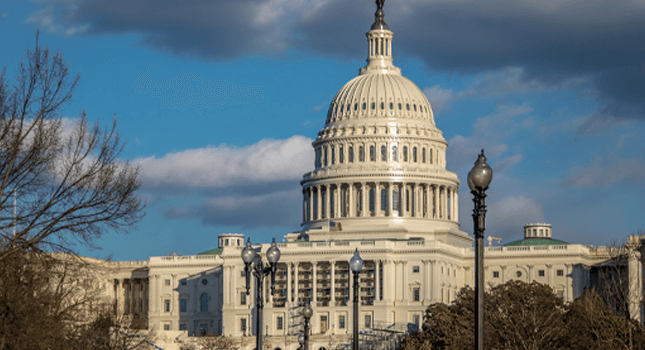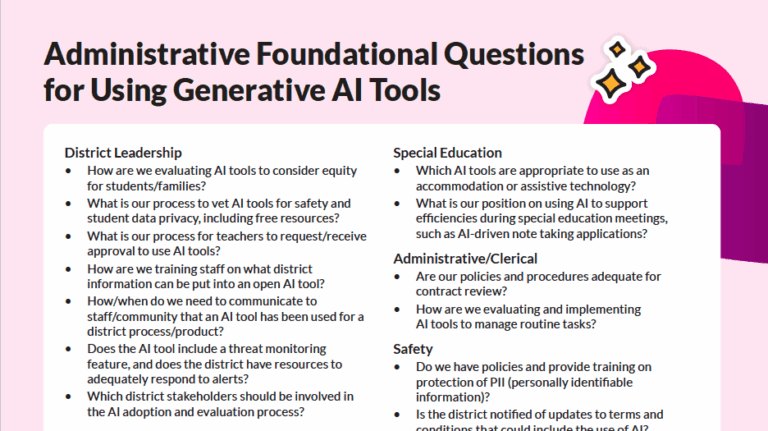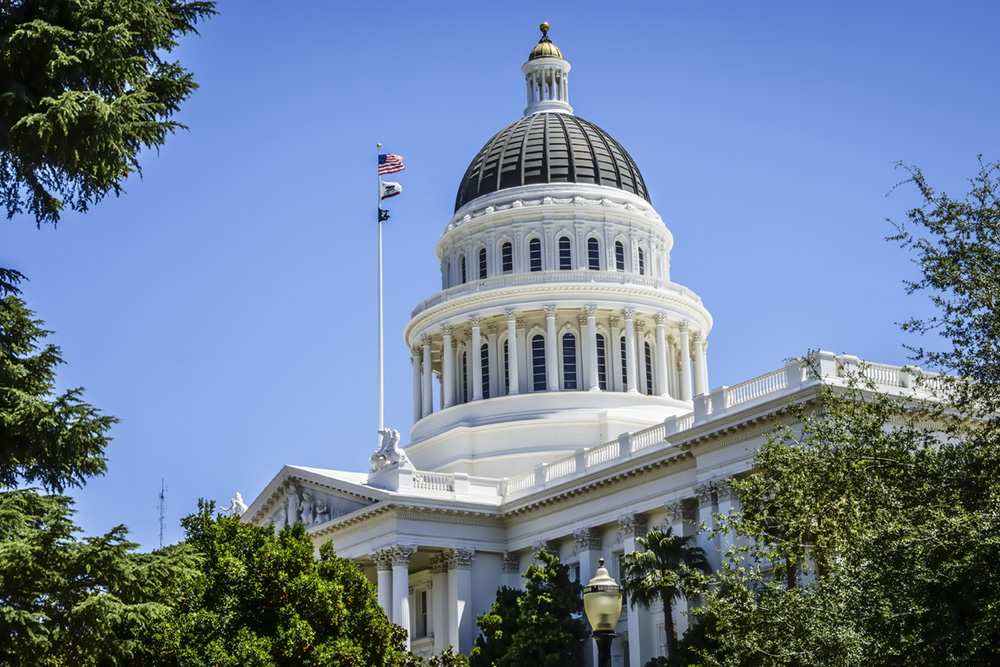Step 1: An idea becomes a bill
All legislation starts off as an idea. The process begins when either an individual or group persuades a Member of the Legislature to author a bill. The Member then sends the idea and the language for the bill to the Legislative Counsel’s Office where it is drafted into the actual bill. The drafted bill is returned to the legislator for review. Persons or groups that originated the idea for the bill may also review it to ensure that the provisions they desire are in the bill in the correct form. If the author is a Senator, the bill is introduced at the Senate Desk; if an Assembly Member, at the Assembly Desk, where it is assigned a number and read for the first time.
Note that on average, over 2,000 Senate Bills and over 3,000 Assembly Bills are introduced during the course of a 2-year legislative session. ACSA Governmental Relations staff reviews each bill introduction looking for its impact on K-12 education and tracks several hundred education-related bills throughout the legislative process.
Step 2: The bill goes to policy committee
The bill then goes to the Senate or Assembly Rules Committee where it is assigned to a policy committee. Bills are not heard in policy committee until 30-days after they have been introduced and printed. Prior to the bill being heard in Policy Committee, it is wise to notify the author and/or the committee members of your position on the bill. ACSA’s Governmental Relations staff works diligently to send letters stating the positions taken by our Legislative Policy Committee to the author(s) and policy committee members before a bill is slated to be heard. Over the course of a two-year legislative session, hundreds of “position letters” are processed by ACSA’s Governmental Relations staff and sent over to the Capitol.
Step 3: If Appropriate, the Bill Goes to a Fiscal Committee
If the bill has a fiscal impact or a state cost, it will be heard in either the Senate or Assembly Appropriations Committees. The finance committees are concerned about fiscal impact and not policy considerations. ACSA Governmental Relations staff tracks all bills throughout the process and sends position letters to the appropriate committees prior to the bill being heard.
After the bill passes the fiscal committee, it is read for the second time on the floor in the “house of origin” of the bill.
Step 4: After your bill passes the house of origin, it goes to the second house
Third Reading is the last stage that a bill goes through in the House of Origin before it passes to the second House to go through the committee process all over again. On Third Reading, the author presents the bill for passage by the entire house. Most bills require a majority vote (it must pass by 21 votes in the Senate and 41 votes in the Assembly), while urgency measures and appropriation bills require a two-thirds vote (27 in the Senate, 54 in the Assembly). When a bill on which ACSA’s Legislative Policy Committee has taken a position is scheduled for a third reading, ACSA Governmental Relations staff will submit a “Floor Alert” urging the appropriate house members to vote in accordance with ACSA’s position on the bill.
At any time during the legislative process the bill may be amended, either in committee or on the floor. After the amendments have been submitted to the author, the bill goes to another printing to reflect the changes that have been made. Amendments can be substantial or technical and may affect your position on the bill. When this occurs, ACSA Governmental Relations staff may bring the bill back to ACSA’s Legislative Policy Committee for a reassessment of the position.
If a Senate bill is amended by the Assembly, or vice versa, and the House of Origin refuses to concur in those amendments, the bill will go to a conference committee. If the House of Origin does concur, the bill goes to the Governor for either signature or a veto. At this time, ACSA Governmental Relations staff submits requests for either signature or veto to the Governor and his/her staff.
Members of the conference committee are appointed by the Rules Committees; three members from the Senate and three from the Assembly meet to negotiate out the differences. If they agree on a single version, it goes back to both Floors for approval.
Step 5: The bill goes to the governor
The Governor has 12 days to sign, approve without signing, or veto a bill. If the bill is signed or approved without a signature, it goes to the Secretary of State to be chaptered. If the Governor vetoes the bill, a two-thirds vote in each house is needed to override the veto. The Governor’s office releases veto messages which explain the veto; these messages are available from the Governor’s Office and on the Internet.
Your role in the legislative process
ACSA Governmental Relations staff tracks hundreds of education related bills through the legislative process from introduction through to the Governor’s signature or veto of the bill. We bring most of these bills to ACSA’s Legislative Policy Committee to take positions on behalf of ACSA. Once these positions are set by the Committee, ACSA Governmental Relations staff begins advocating for or against the bill in accordance with the position taken.
When necessary and at key points in the legislative process, we will take our advocacy efforts back to you and ACSA’s membership by sending “Action Alerts” asking you to either send a letter or make a phone call to your legislative representatives and/or policy or fiscal committee members advocating ACSA’s position on the legislation in question. It is important that you respond to “Action Alerts” as quickly as possible as legislation is quickly moving through the process, making most of these alerts time sensitive.
Stay up to date on ACSA’s Advocacy efforts and events here on our website. Also, keep in contact with the ACSA Governmental Relations department to know what’s happening in Sacramento, ask for help whenever you need it, and to apprise them of any legislative actions or contacts you make (the earlier, the better). Make sure that ACSA has your email address so that you receive periodic updates on important issues and can let the Governmental Relations staff know what’s happening with your legislator.
In April, Legislative Action Day brings ACSA members together in Sacramento for a two-day advocacy conference. ACSA staff and experts in the field provide members with briefings and guidance on current issues in education, giving members the tools and the opportunity to directly lobby the Legislature and carry a message of leadership, support and investment for the students and educators in California.



































